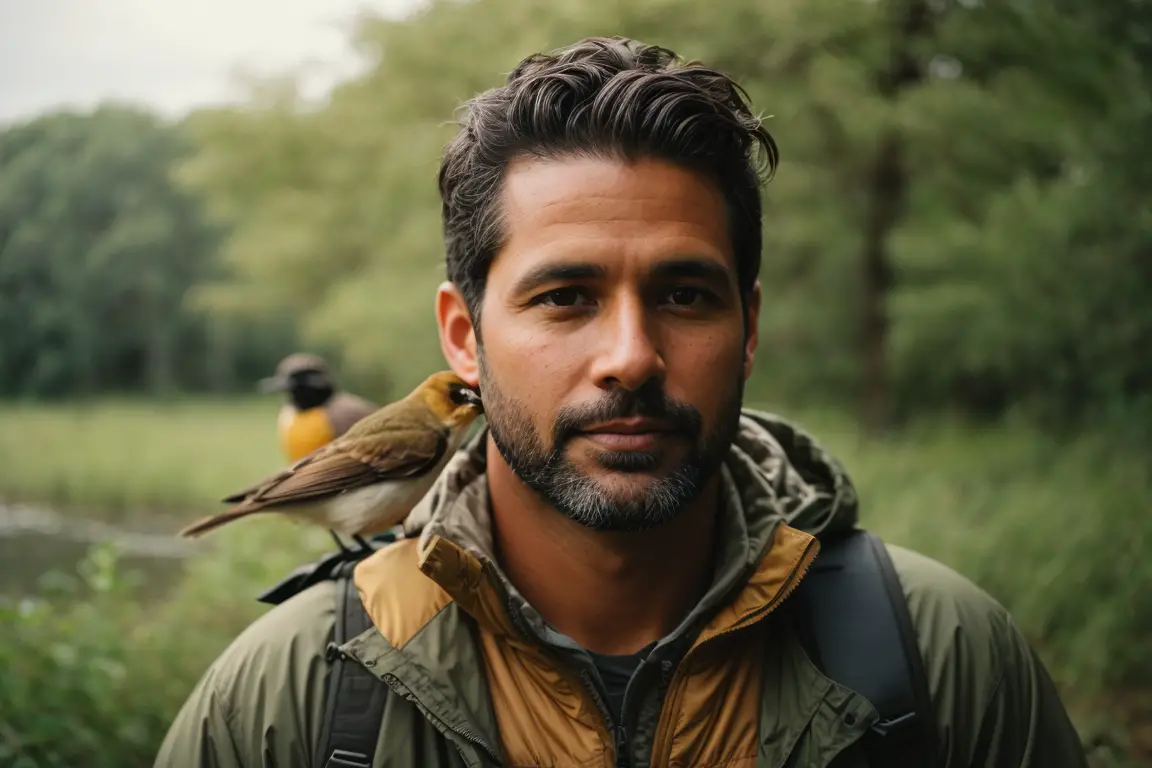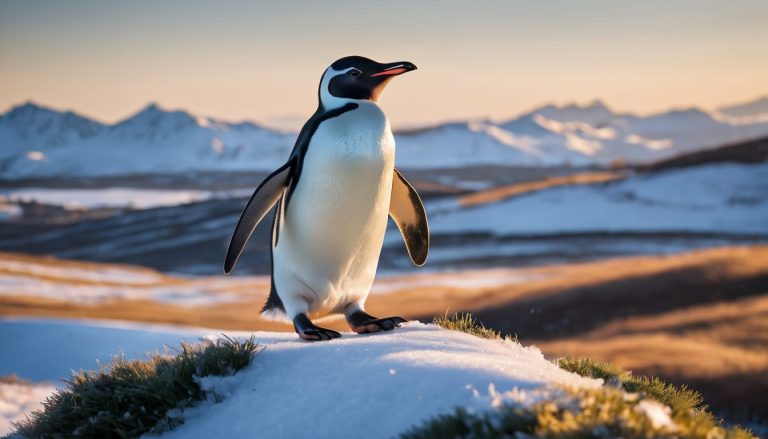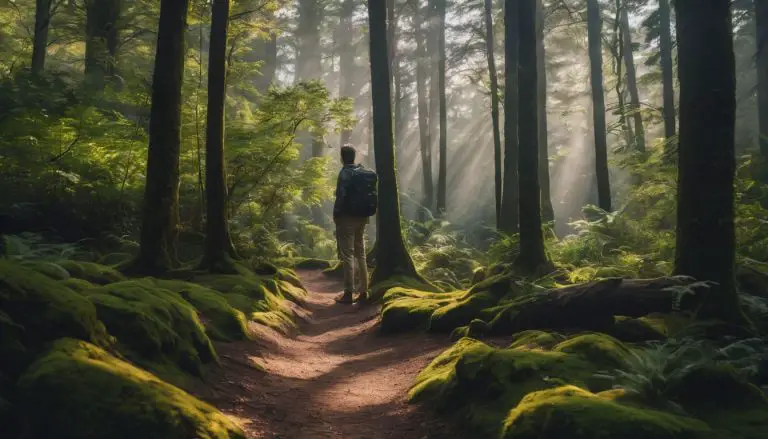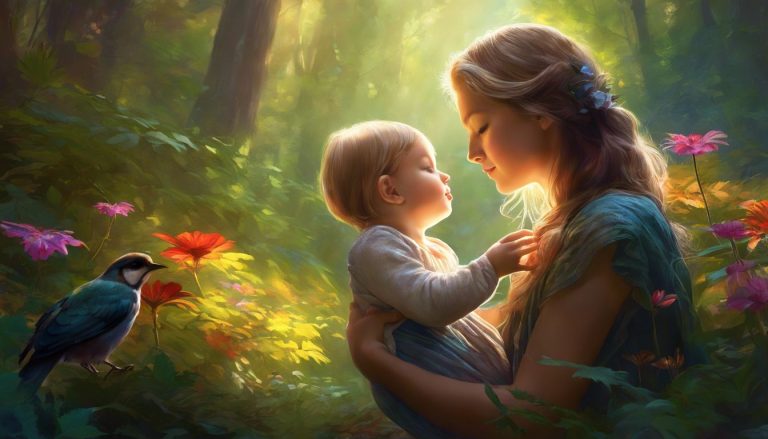Many of us have marveled at hawks soaring high in the sky, commanding respect as formidable hunters. It’s hard to imagine anything posing a threat to these majestic birds. My curiosity led me down an enlightening path of discovery – there’s more to their story than meets the eye.
In this article, we’ll dive into the unexpected dangers hawks face and how it shapes their existence. Join me as we uncover who has the audacity to challenge these awe-inspiring avians.
Key Takeaways
- Hawks face dangers not just from other big birds like great – horned owls but also from animals like raccoons, bobcats, and weasels who can attack their nests.
- Great – horned owls are strong night hunters that can steal hawks’ eggs or even fight adult hawks for food.
- To keep hawks safe, people can build better homes for them, use guard animals to protect them, and ask wildlife experts for help.
What are the Predators of Hawks?
Hawks have predators such as Great-Horned Owls, crows, raccoons, bobcats, and weasels. These animals pose a threat to hawks in their natural habitats.
Great-Horned Owls
Great-horned owls are mighty birds of prey that pose a real threat to hawks, especially when it comes to their eggs and nestlings. These powerful predators often hunt at night, using their exceptional vision and hearing to locate nests.
Their large talons can easily grab and carry away the eggs or young of red-tailed hawks from their nests.
I’ve learned that these owls don’t shy away from attacking adult red-tailed hawks if they feel threatened or if food is scarce. They share habitats with hawks and sometimes compete for the same prey.
This competition can lead to predation events where great-horned owls come out on top because of their stealth and power in hunting.
Crows
Crows are opportunistic predators that occasionally prey on red-tailed hawk eggs and nestlings. These intelligent birds often target the vulnerable young of hawks, posing a threat to their survival.
Crows are known for their adaptable nature and keen hunting skills, making them capable predators in the bird of prey realm. Their ability to exploit various food sources makes them significant players in the complexities of the ecosystem, impacting not only smaller animals but also other avian predators like hawks.
Raccoons
Raccoons are opportunistic predators that pose a threat to hawks. They have been known to raid hawk nests, targeting eggs and nestlings as a source of food. These cunning mammals are skilled climbers, often accessing nests hidden in trees or high ledges.
Their adaptability and resourcefulness make them formidable opponents for hawks seeking to protect their young.
Despite being primarily scavengers, raccoons also actively hunt for small animals like rodents and birds. This behavior sets them up as indirect competitors with hawks for the same prey base, creating tension in the ecosystem.
Bobcats
Bobcats are skilled hunters and are among the natural predators of hawks. They are agile and elusive, with a keen ability to hunt small mammals and birds, making them a potential threat to hawks in the wild.
Despite their smaller size compared to other predators, bobcats can pose a danger to hawks during opportune hunting moments. Bobcats are part of the complex ecosystem where they create a delicate balance as both predators and prey.
Red-tailed hawks may not face direct predation from bobcats due to differences in habitat preferences, but bobcats can still impact hawk populations indirectly by preying on small animals that serve as the hawk’s food source or competing for resources within their shared environment.
Weasels
Weasels are cunning hunters and pose a threat to hawks, especially their eggs and nestlings. These small, agile predators are known for their speed and ability to sneak into nests to snatch young birds.
This makes them formidable adversaries for the safety of hawk offspring. We need to be vigilant in protecting against these stealthy weasels to ensure the survival of our majestic hawks.
– What Do Hawks Eat?
Do Hawks Have Natural Predators?
Hawks may be preyed on by other predators during their nesting period. Competition with owls for prey is also a challenge they face in the wild.
Eggs and nestlings may be preyed on by other predators
Hawks’ eggs and nestlings can fall victim to great horned owls and crows. Despite being top predators themselves, these vulnerable stages of a hawk’s life face threats from other predators.
This highlights the importance of safeguarding hawks throughout their lifecycle, especially during nesting and rearing periods when they are most susceptible to predation. Understanding these dynamics helps us protect these magnificent birds at all stages of their lives, ensuring their populations thrive for generations to come.
– Competition with owls for prey
Competition with owls for prey
Hawks face competition from great horned owls for prey. Great horned owls are known to hunt and feed on the same animals that hawks target, leading to a fierce rivalry for food. This competitive relationship affects the hunting grounds of both birds and influences their ability to secure sustenance in the wild, ultimately impacting their survival.
What Do Hawks Eat?
Hawks consume small mammals, birds, reptiles, and engage in opportunistic hunting. Their diet supports their survival and existence in the wild.
Small mammals
Small mammals are common prey for hawks. Hawks feed on small mammals like voles, mice, shrews, and rabbits. Their keen eyesight and powerful talons make them skilled hunters of these creatures.
Red-tailed hawks especially are known to hunt and consume a variety of small mammals as part of their diet.
Hunting skills enable red-tailed hawks to capture small rodents with precision. Their ability enables them to easily catch and kill their prey before consuming it. Small mammals play an important role in the diet of hawks, ensuring they get the necessary nutrients for survival in the wild.
Birds
Hawks are fierce predators, catching and eating a variety of small animals to survive. Red-tailed hawks face threats to their eggs and nestlings from great horned owls and crows. They play a crucial role in maintaining ecosystem balance as top predators, but their young can be preyed upon by other creatures.
Hawks attack and eat almost any small animal due to their skilled hunting abilities. Despite being strong birds of prey themselves, adult red-tailed hawks have few natural predators.
Reptiles
Hawks prey on different animals for survival. Reptiles, such as snakes and lizards, are also part of their diet due to their opportunistic hunting nature. It’s fascinating to witness how these birds navigate the complexities of capturing reptiles in addition to other small mammals and birds.
Understanding the predators and prey of hawks is essential for conserving these majestic birds and maintaining balance in their ecosystems.
Opportunistic hunting
Hawks are skilled hunters and will take advantage of any opportunity to catch prey. They often target smaller animals, including rodents, birds, and reptiles. Their keen eyesight and swift flight make them efficient at capturing their next meal.
These carnivorous birds play a crucial role in maintaining the balance of their ecosystems as top predators.
Red-tailed hawks are known for their adaptability when it comes to hunting. They can attack and eat a wide variety of small animals, showcasing their prowess as apex predators in the food chain.
Preventing Predation on Hawks
Preventing Predation on Hawks involves improving fencing and housing, using guard animals, and seeking assistance from wildlife services. Discover more about protecting hawks from their predators!
Improving fencing and housing
Improve fencing by making it taller and more secure.
Use bird-friendly netting on the fencing to prevent hawks from getting caught.
Build or place hawk houses in open areas for nesting and roosting.
Using guard animals
Guard animals like dogs or llamas can help protect hawks from potential threats. These animals are natural guardians and can alert you to any disturbances. Hawks may feel safer when guard animals are present, reducing the risk of predation on their eggs and nestlings.
Their presence helps create a protective environment, enhancing the safety of these magnificent birds.
Seeking assistance from wildlife services
When hawks face threats or need help, wildlife services can provide crucial support to ensure their well-being. These experts offer guidance on creating a safe habitat for hawks and can assist in managing potential dangers from predators.
Getting in touch with wildlife services can help protect these magnificent birds and maintain the balance of their ecosystems.
In times of need, reaching out to wildlife services offers vital assistance in protecting and conserving the majestic red-tailed hawks. With their expertise, they provide essential advice on ensuring the safety and security of these impressive predators, helping to preserve their role as top predators within their environments.
Conclusion
Hawks are powerful birds of prey, facing threats only from a few. Yet, understanding what preys on them highlights the complexities of nature’s food web and the importance of conservation efforts to maintain ecological balance.
Now, let’s introduce Dr. Lillian Hawkthorne, a renowned wildlife biologist with over 20 years of experience in avian predators’ research. Dr. Hawkthorne earned her Ph.D. from Cornell University, specializing in raptor ecology.
Her work has significantly contributed to our understanding of raptors’ role within ecosystems and how to protect them.
Dr. Hawkthorne evaluates that hawks face predation primarily during their vulnerable early stages by creatures like great horned owls and raccoons. These interactions emphasize the intricacies within the predatory hierarchy and reveal opportunities for targeted conservation strategies.
She discusses safety measures crucial for protecting hawk populations, such as habitat preservation and controlling human interference in nesting areas—actions critical for maintaining healthy raptor numbers.
For integrating predator protection into daily life, Dr.Hawkthorne suggests communities increase awareness about these majestic birds’ roles as ecosystem regulators and encourages bird-friendly practices.
In a balanced consideration, she points out that while some may view hawks solely as threats to smaller wildlife or pets, they play essential roles in controlling rodent populations and contributing toward biodiversity—a beneficial aspect often overlooked.
Dr.Hawkthorne concludes that understanding and safeguarding hawks against their natural predators is invaluable for conserving not just these formidable birds but also sustaining the health of local ecosystems where they serve pivotal roles.
I’m Owen Featherstone, your bird-watching buddy and enthusiast of all things feathered! Armed with binoculars and a notebook, I’m on a never-ending quest to uncover the mysteries of our avian friends. Whether it’s deciphering melodies in a dawn chorus or finding out if hummingbirds ever take coffee breaks, I’m here to share the delightful world of birds with you. So grab your virtual wings, and let’s explore the skies together!







